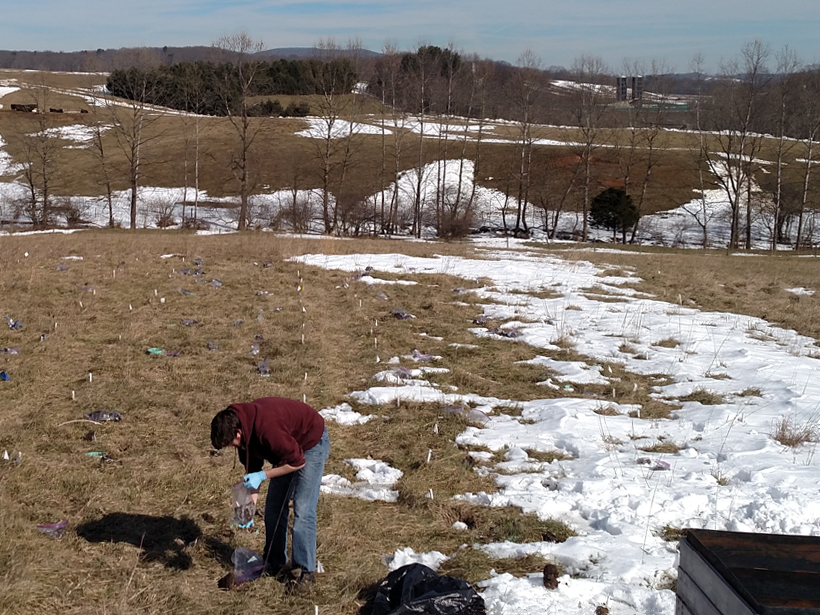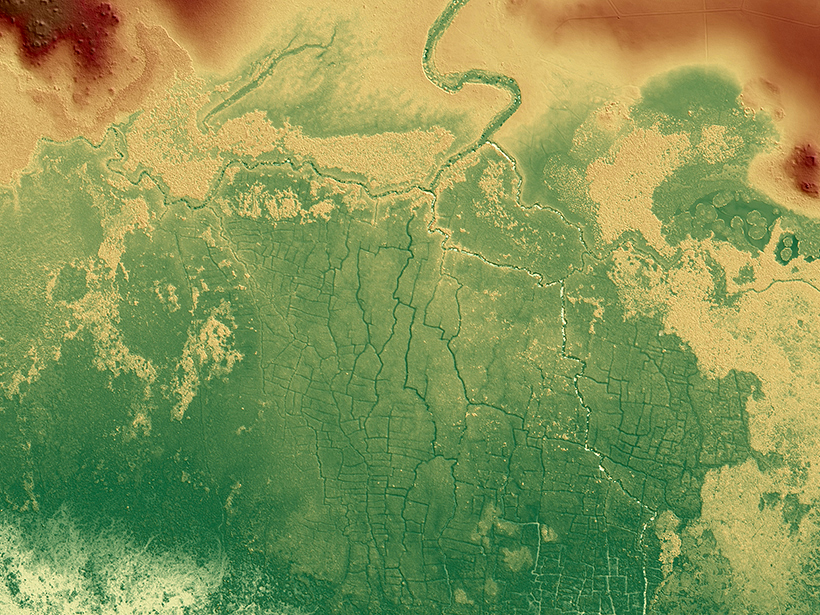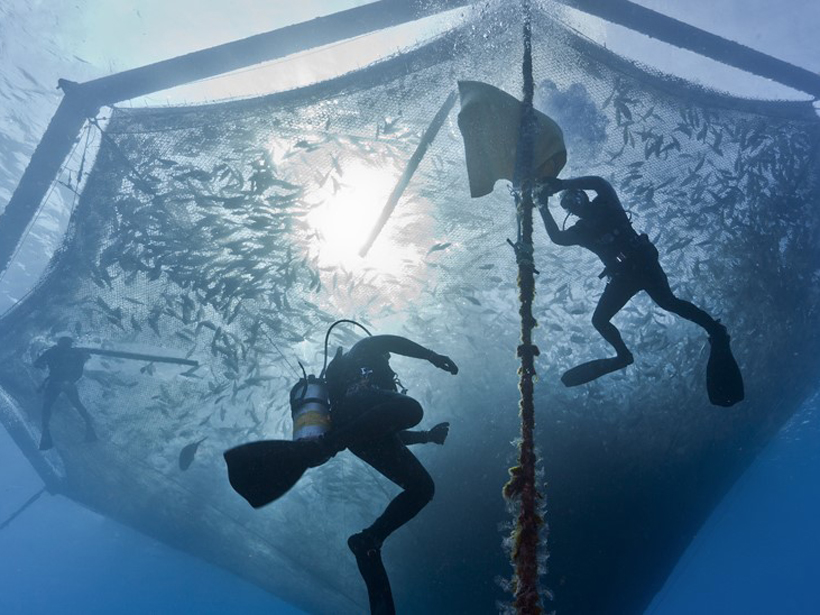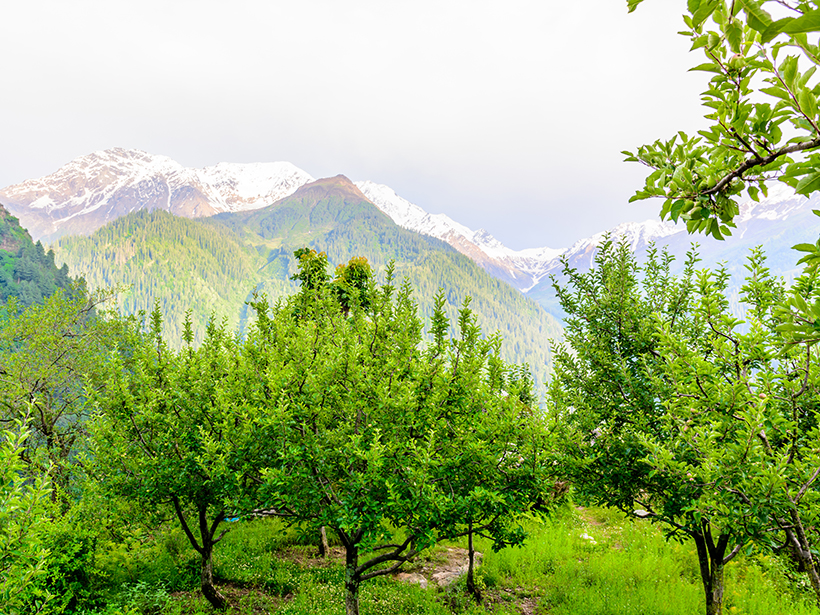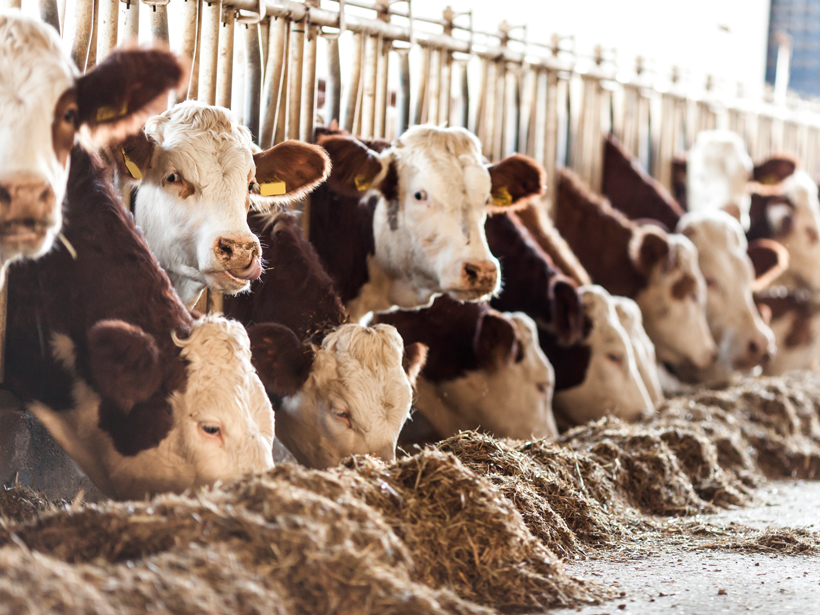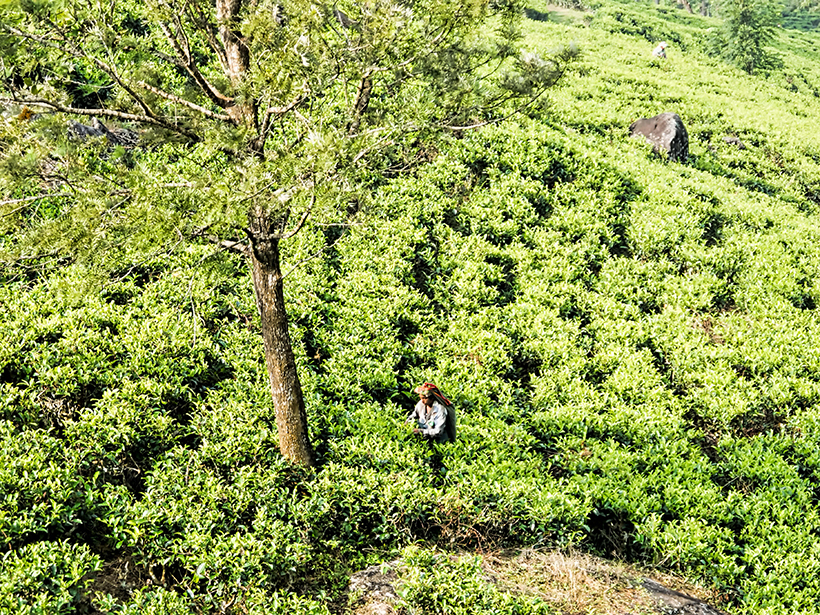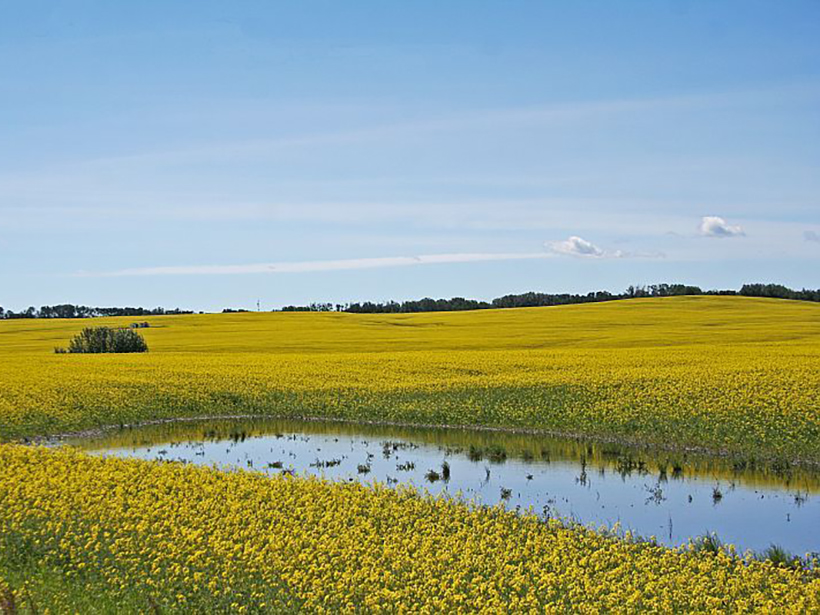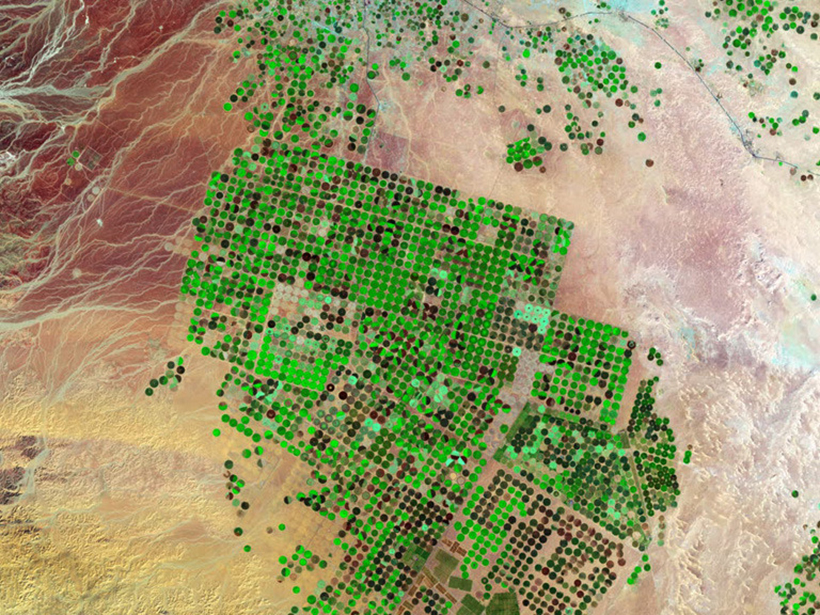New findings suggest antibiotics in cow manure can alter soil microbial activity, with implications for soil fertility and carbon emissions.
agriculture
Ancient Maya Farms Revealed by Laser Scanning
One agricultural network was 5 times larger than earlier estimates, and the fields may be an early source of human-caused greenhouse gas emissions.
Seafood Farming: A Key to Future Global Food Security
Integration of sustainable marine and freshwater aquaculture with terrestrial agriculture will be necessary for meeting Earth’s future food requirements.
600 Years of Grape Harvests Document 20th Century Climate Change
A 664-year record of grape harvest dates from Burgundy, France, reveals significantly warmer temperatures since 1988.
As Climate Changes, So Does the Apple as Rising Temperatures Push Growers Higher Into Himalayas
Climatic factors have wreaked havoc on India’s apple crops by disrupting natural flowering seasons and pollination systems. The shape, size, and quality of Himalayan apples have changed.
Climate Change Pressures Land and Food Resources, Report Warns
There is a window of time to act now before threats increase further and solutions become less effective, a new report from the Intergovernmental Panel on Climate Change states.
Climate Change Could Threaten Your Cuppa
The effects of climate change, including warmer temperatures and variable rainfall, may threaten the tea plantations of Sri Lanka within the next 30 to 50 years.
Fading Air Pollution Reduces Fog in Central Valley
The tule fog in California’s Central Valley is notorious for causing delays and accidents throughout the region; however, a decrease in air pollutants is reducing the fog’s frequency.
Farm Ponds Sequester Greenhouse Gases
Despite runoff from nitrogen-rich fertilizer, agricultural ponds act as powerful sinks for nitrous oxide.
Looking for Climate Solutions Down in the Dirt
Geoengineering is more than orbiting mirrors and stratospheric aerosols. Innovative modeling considers the impact of no-till farming and radical irrigation.

